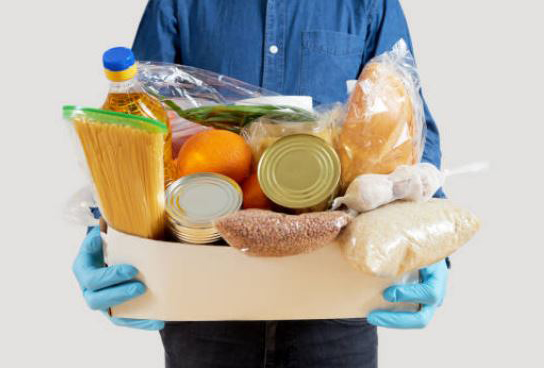Addressing Canada’s Growing Hunger Problem: It’s More Serious Than You Think
Over 30 years ago, Canada’s first food bank officially opened its doors - and at the time was believed to be a quick solution to a problem that would soon be obsolete. Could that ever have been farther from the truth.
Fast forward...
Fast forward to today, and Canada’s need for food banks is greater than ever. Right now, there are more than a staggering 4,000 food banks and agencies across Canada aimed to address hunger in low-income communities. These organizations and programs continue to be in high demand and are a critical resource for food-insecure families and households across Canada.
Recently, Food Banks Canada published its annual HungerCount report, which is the only study of its kind that measures the degree of food bank demand/use in the country. Needless to say, the data is worrying.

It was found that the use of food banks today is 25% greater than before the economic downturn in 2008.
Furthermore, over 840,000 Canadians seek assistance from a food bank on a monthly basis - with nearly two in five being youth and children. One in six of the households seeking aid are working households, and one in ten that enter a food bank each month are doing so for the first time in their lives.
Through the many changes seen in Canada’s economic landscape over the past thirty years, the employment sector in particular has undergone tremendous shifts. Hundreds of thousands of jobs that once provided steady sources of income to Canadians are now lost to low-paying positions, resulting in more and more citizens unable to earn enough to meet their most basic needs - amping up the demand for food banks even higher.
And while Canada can’t go on without more food banks - they can’t possibly be the long-term solution to the country’s hunger problem.
In fact, what Canada really needs are more evidence-based and effective government initiatives designed to provide long-term hunger relief for all provinces and territories. Federal and provincial supports will be able to accomplish the greatest positive impact for a larger number of Canadians.
In good news, Food Banks Canada is working toward conquering Canada’s food insecurity problem through pushing for policy change; HungerCount being a prime example. Their report for this year introduces five strong recommendations that the organization believes will go a long way in carrying Canadians out of poverty.
The recommendations are as follows:
- Investing in affordable housing at the federal level.
- Addressing the extremely high rates of food insecurity in Canada’s North.
- Replacing the social assistance system at the provincial level via a basic income administered through the tax system.
- Providing more effective support to low-income families with children through replacing the current range of federal child benefits with a stronger Child Well-Being Benefit.
- Helping Canadians with low levels of literacy to upgrade their skills to be better suited for today’s jobs.
While Food Banks Canada continues to push for policy change to reduce food bank demand in the country, our current food banks still need our help in the meantime.
If you are in a position to help, Food Banks Canada kindly asks that you please consider donating to their cause. You can do so by picking up some essential food items to drop off in the food bank bin the next time you are out grocery shopping, or alternatively, providing a financial donation as that will also go a long way in helping to feed a hungry family in need.
Every act of compassion, big or small, is greatly appreciated.